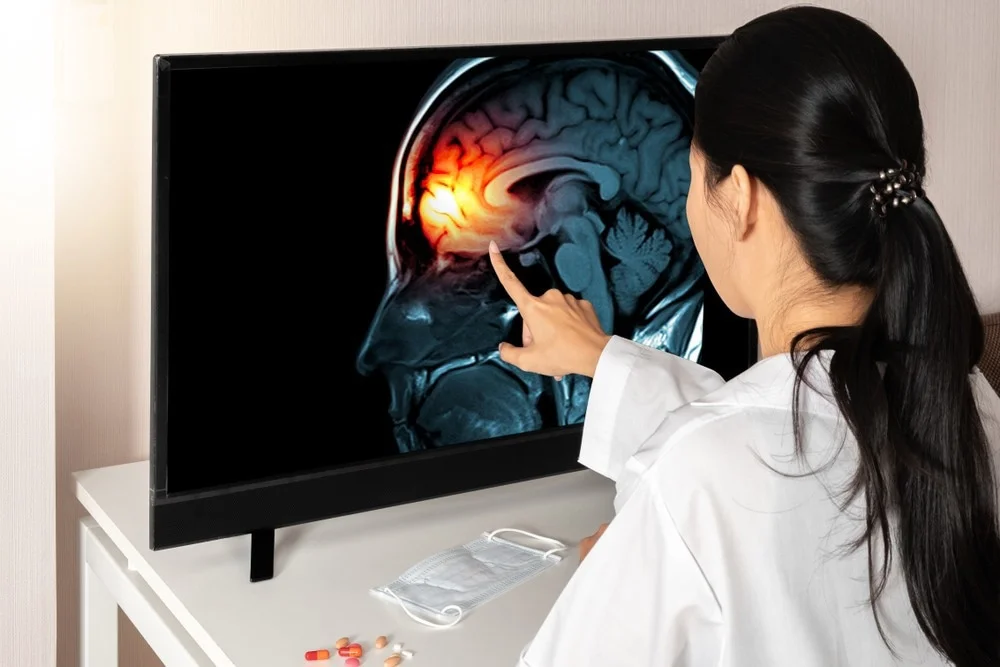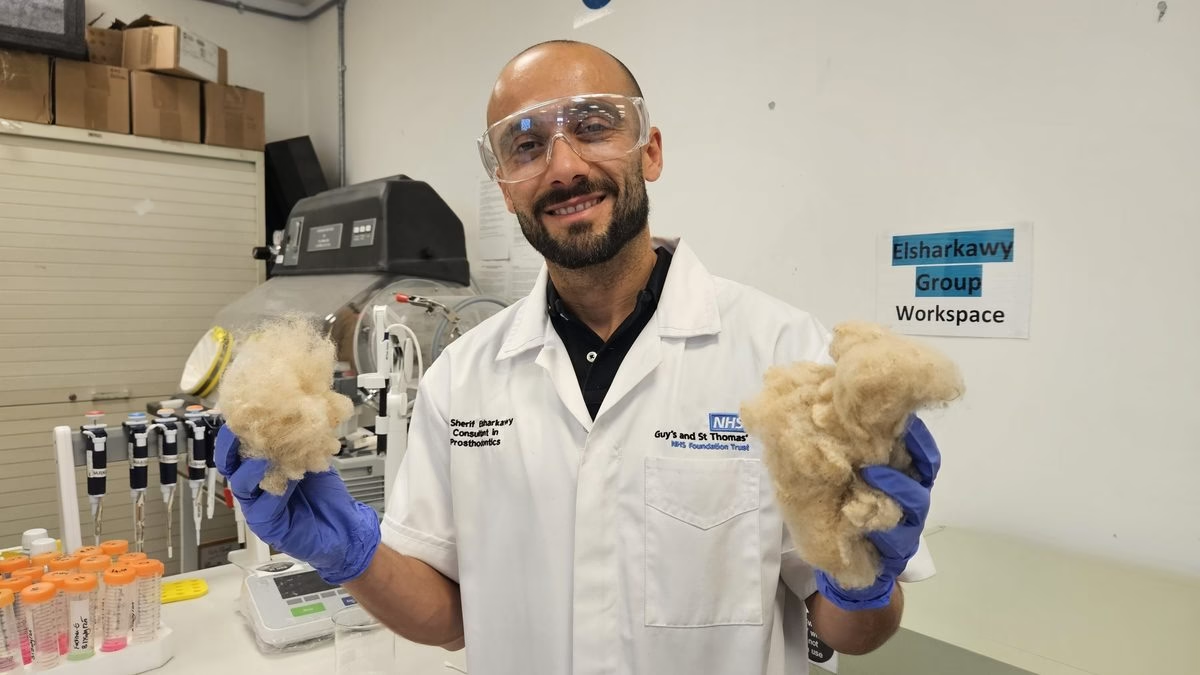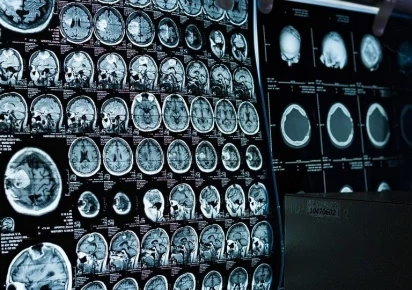Scientists at the Icahn School of Medicine at Mount Sinai, New York, have observed significant differences in the way RNA strands are modified in living versus post-mortem brain tissues. This discovery sheds new light on the complexities of RNA editing and its implications for brain function and disease.
Key Findings:
- A-to-I Editing: The study highlights how specific base codes of adenosine (A) are swapped with inosine (I) in messenger RNA (mRNA). This process, known as A-to-I editing, is crucial for translating DNA into functional proteins.
- Differences in Living vs. Post-Mortem Tissues: Previous studies relied solely on post-mortem tissues, but by using fresh samples from living individuals, researchers uncovered significant differences in RNA editing activity that may have been overlooked in past research.
Scientific Insights:
- Genomicist Michael Breen: Emphasized the importance of studying living tissues to gain a more accurate understanding of RNA editing.
- Lead Author Miguel Rodríguez de los Santos: Hypothesized that molecular responses to post-mortem-induced hypoxia and immune responses significantly alter the landscape of A-to-I editing, potentially leading to misunderstandings when only post-mortem tissues are analyzed.
Implications:
- Improved Context for Post-Mortem Studies: Co-senior author Alexander Charney noted that the findings provide essential context for using post-mortem brain tissues in researching A-to-I regulation. Understanding these differences can enhance our knowledge of brain function and disease, leading to better diagnostic and therapeutic approaches.
- Evolutionary Significance: RNA editing, part of billions of years of evolution, has added a new library of proteins to biological systems. Some species, like certain cephalopods, have evolved to rewrite their genetic instructions in their brains, showcasing the potential complexity of RNA editing.
This research underscores the need for studying both living and post-mortem tissues to fully comprehend RNA editing and its impact on brain function and disease. The findings could pave the way for advancements in neurological diagnostics and treatments.



